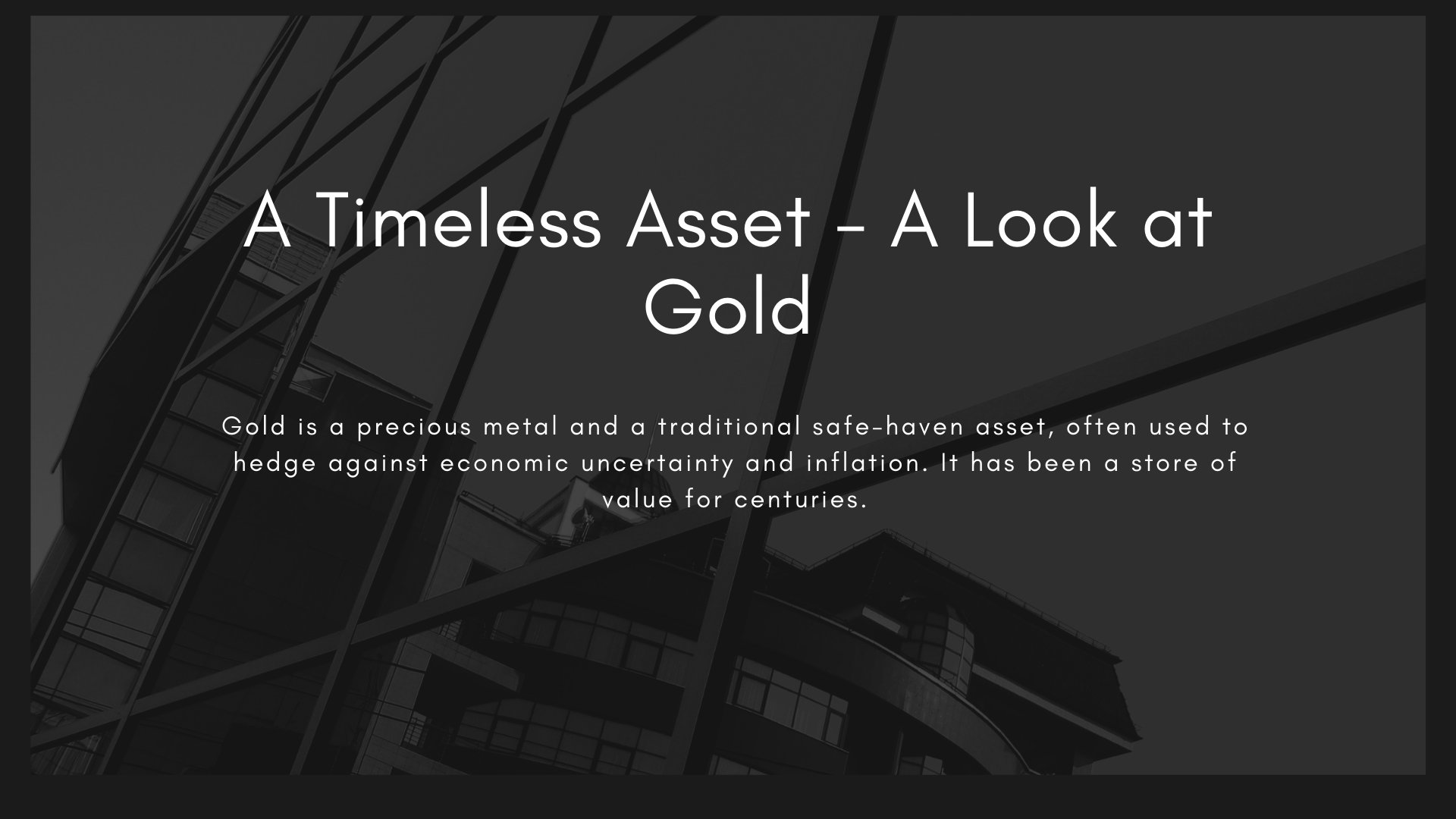Your cart is currently empty!
Live Gold Price: Understanding the Market,and Future Projections

Gold, as one of the most prized commodities, has long been a symbol of wealth, security, and stability. The live price of gold holds immense significance for investors, traders, and global markets alike. From ancient civilizations to modern-day financial systems, gold has maintained its allure as a safe-haven asset, particularly during times of economic uncertainty. Tracking the live gold price provides insight into market sentiment, geopolitical events, and monetary policies.
In this article, we will delve into the various factors influencing live gold prices, explore the history of gold as an asset, examine the market mechanisms that determine its price in real time, and offer insights into future projections for gold. Whether you are a seasoned investor or new to the world of commodities, understanding the dynamics behind live gold prices is crucial to making informed financial decisions.
The Historical Importance of Gold
Gold has been used as a store of value for over 5,000 years. Its rarity and physical properties make it ideal for preserving wealth. Unlike paper currency, which can be printed, gold has inherent scarcity, which has helped it maintain value through wars, recessions, and inflationary cycles. Historically, gold was directly linked to the monetary system via the Gold Standard, where currencies were backed by gold reserves.
Although the Gold Standard was abandoned in the 20th century, gold’s importance in financial markets has remained intact. It is widely viewed as a hedge against inflation, a protector of wealth during market downturns, and a stable asset in times of geopolitical tension. As global economies fluctuate, the live gold price becomes an indicator of investor sentiment and market conditions.
What Drives the Live Gold Price?
Several key factors influence the real-time movement of gold prices. Below, we explore the major drivers:
Supply and Demand
Like any commodity, gold’s price is subject to the basic economic principle of supply and demand. Global demand for gold primarily comes from jewelry, investment, and industrial sectors, with central banks also holding large gold reserves. On the supply side, mining activities and recycling efforts affect gold availability. Any disruption in mining or a surge in demand can impact live gold prices.
Currency Strength (Particularly the U.S. Dollar)
Gold is typically priced in U.S. dollars, meaning that fluctuations in the value of the dollar directly impact the price of gold. A stronger dollar often leads to lower gold prices, as it becomes more expensive for buyers using other currencies. Conversely, a weakening dollar makes gold more affordable, driving demand and increasing its price. This inverse relationship between gold and the dollar is a critical factor in understanding live gold prices.
Inflation and Interest Rates
Gold is seen as a hedge against inflation because its value tends to rise when the purchasing power of fiat currency decreases. During periods of high inflation, investors flock to gold to protect their wealth. Additionally, interest rates also play a significant role. When interest rates are low, the opportunity cost of holding non-yielding assets like gold is lower, making gold more attractive. Conversely, when interest rates rise, investors may prefer to hold assets that generate income, such as bonds, reducing demand for gold.
Geopolitical and Economic Uncertainty
Gold is known as a “safe-haven” asset, meaning that in times of geopolitical instability, market volatility, or economic downturns, investors often turn to gold to preserve their capital. Events such as wars, political unrest, or financial crises tend to push gold prices higher as investors seek refuge from riskier assets like stocks or currencies.
Central Bank Policies
Central banks, especially those in major economies, hold significant gold reserves. Their policies on gold buying or selling can influence market dynamics. If central banks start buying large amounts of gold, it signals confidence in gold as a long-term store of value, pushing prices up. On the other hand, if central banks start selling, it may lead to a decline in live gold prices.
Market Sentiment and Speculation
Traders and investors in financial markets often buy or sell gold based on their perceptions of future market conditions. Sentiment plays a key role in short-term gold price movements. Speculative trading can cause volatility in live gold prices, especially in times of uncertainty. With the advent of online trading platforms and access to real-time data, the impact of speculation on live gold prices has become more pronounced.
Live Gold Price Mechanisms: How is the Price Determined?
The live price of gold is determined by the market forces of supply and demand, but it is also influenced by trading on various platforms, including commodity exchanges such as the New York Mercantile Exchange (NYMEX), the London Metal Exchange (LME), and the Shanghai Gold Exchange (SGE). Gold is traded in different forms, including physical bullion, futures contracts, and exchange-traded funds (ETFs), all of which contribute to the real-time pricing of gold.
- Spot Price – This refers to the current price at which gold can be bought or sold for immediate delivery. It fluctuates throughout the day as traders respond to market news and economic data.
- Futures Price – Gold futures are contracts to buy or sell gold at a future date for a predetermined price. The futures market can significantly influence the live spot price, especially when large volumes are traded.
- Exchange Rates – Since gold is traded globally, the price can vary slightly depending on the currency exchange rates in different regions. The live price in U.S. dollars may differ slightly from the price in euros or yen due to currency conversions.
Impact of Technological Advancements on Live Gold Pricing
The digital age has revolutionized the way gold is traded. Today, investors have access to live gold prices through various financial platforms, enabling real-time decision-making. Algorithmic trading, high-frequency trading, and the rise of online investment platforms have added new dimensions to the gold market. These technologies allow traders to monitor price movements, analyze trends, and execute trades within seconds, impacting the live price of gold more dynamically than ever before.
Moreover, blockchain technology is making its way into the gold industry. Some companies are now offering “digitized gold,” where investors can buy gold-backed digital tokens. This technology has the potential to change how gold is traded, stored, and tracked, possibly leading to greater liquidity and transparency in the market.
Future Projections for Gold Prices
Predicting future gold prices involves analyzing multiple variables, including macroeconomic trends, geopolitical events, and market sentiment. Here are some of the key factors that will shape gold prices in the coming years:
- Global Economic Recovery – The pace of global economic recovery, particularly in the wake of the COVID-19 pandemic, will be crucial. If economic growth accelerates, investors may shift back to riskier assets like stocks, potentially lowering gold prices. However, if recovery is slow, or if new crises emerge, gold could continue to see upward momentum.
- Inflationary Pressures – As governments worldwide inject massive stimulus into their economies, inflationary pressures could rise. High inflation tends to boost gold prices as it erodes the purchasing power of the currency. Investors may turn to gold as a store of value to protect against rising prices.
- Interest Rate Trends – Central banks, particularly the Federal Reserve, play a critical role in setting interest rates. If rates remain low, gold could remain an attractive investment. However, if central banks increase rates to combat inflation, demand for gold may diminish.
- Technological and Industrial Demand – Advances in technology and new uses for gold in industries like electronics, medicine, and renewable energy could bolster demand, pushing prices higher. Innovations that make gold more accessible and tradable (such as blockchain-based gold products) may also influence future pricing.
- Geopolitical Risks – Ongoing geopolitical tensions, trade disputes, and concerns about global security will continue to drive demand for safe-haven assets like gold. Any major international crisis could trigger a surge in gold prices as investors seek stability.
Conclusion
The live price of gold is a dynamic reflection of market sentiment, economic conditions, and geopolitical events. Its unique role as a store of value, hedge against inflation, and safe-haven asset ensures that it will remain a vital part of the financial landscape for years to come. Understanding the factors influencing live gold prices—from currency strength and inflation to central bank policies and technological advancements—can help investors make informed decisions and navigate the complexities of the gold market.
Whether you are a seasoned trader or a novice investor, keeping an eye on the live price of gold can offer valuable insights into broader market trends and future economic outlooks. As the world continues to evolve, gold’s importance as a financial asset will likely remain steadfast, offering both challenges and opportunities for those who choose to invest in it.

Mr. Rajeev Prakash
Rajeev is a well-known astrologer based in central India who has a deep understanding of both personal and mundane astrology. His team has been closely monitoring the movements of various global financial markets, including equities, precious metals, currency pairs, yields, and treasury bonds.

